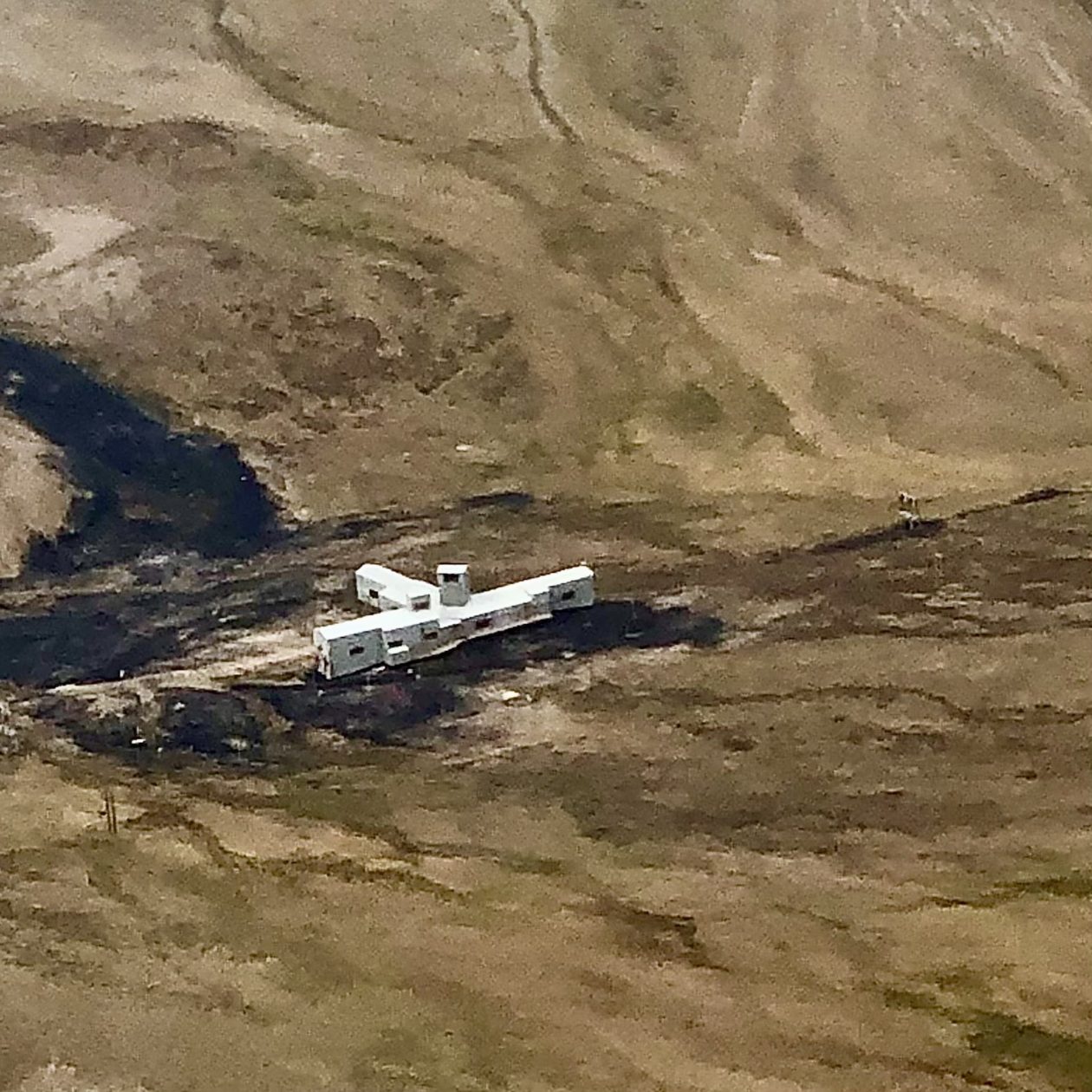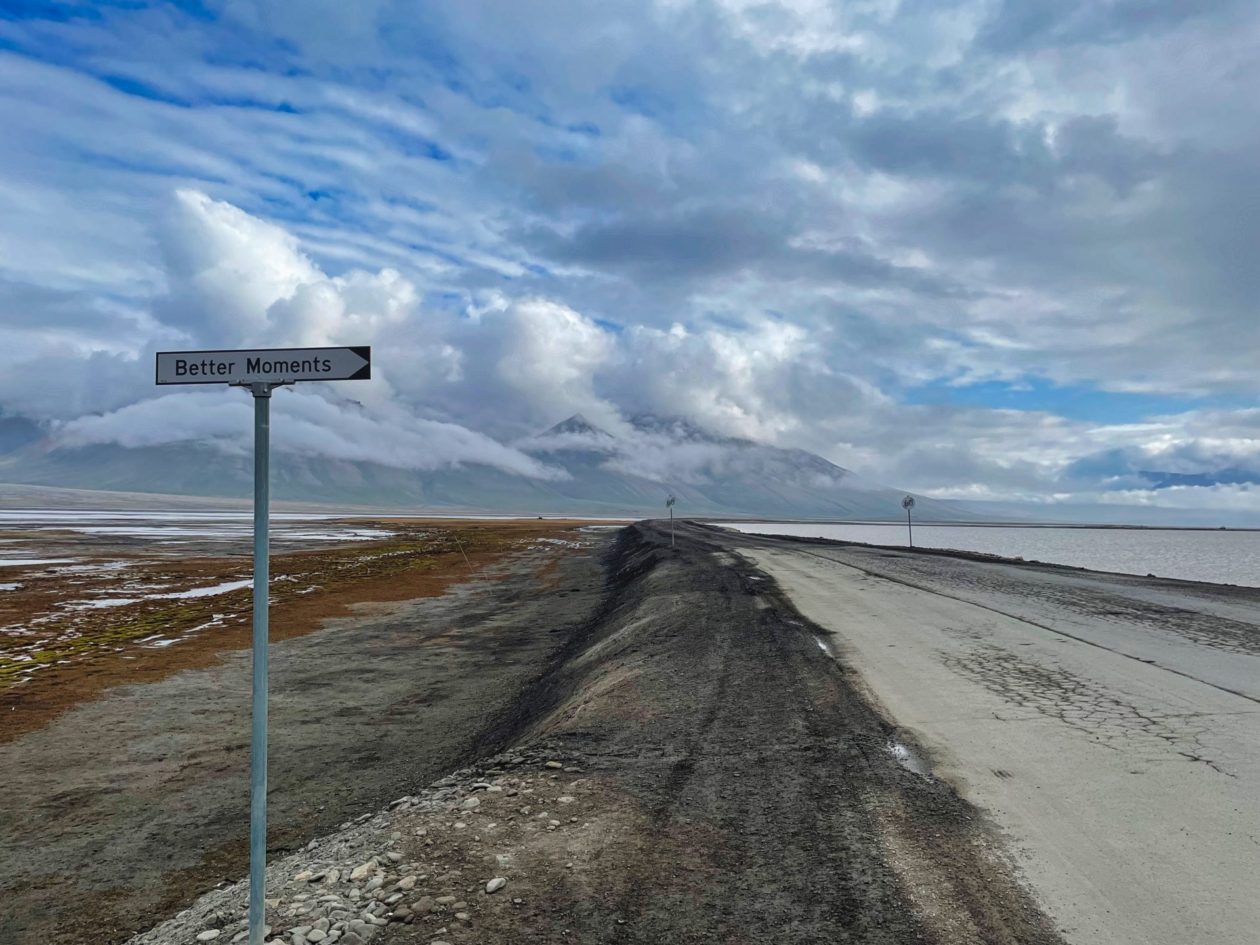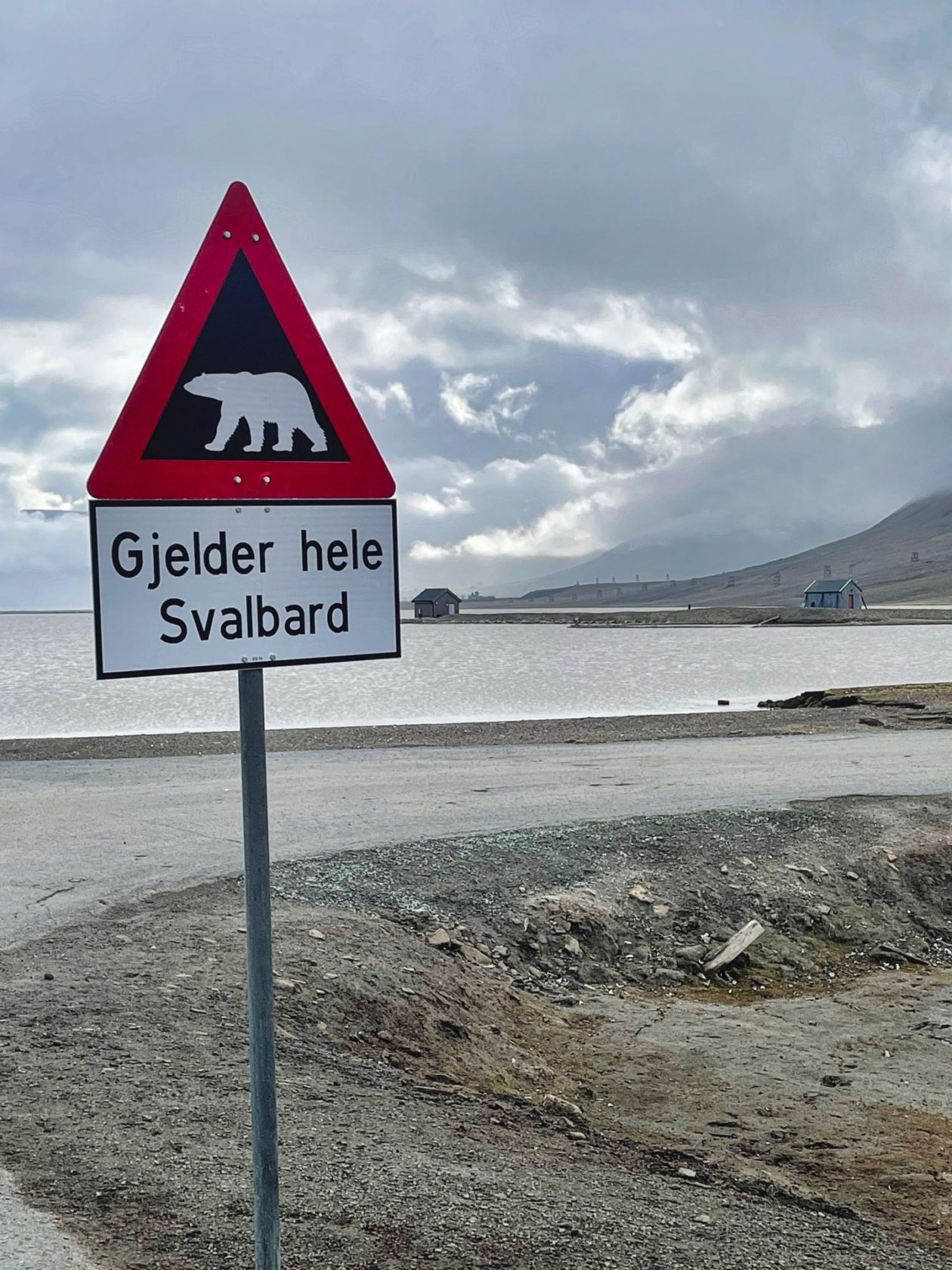- The Nordic Sojourn 2022 — start of trip
- Western Norway — Fjords, mountains, and a lot of rain!
- Longyearbyen, Svalbard, and start of the cruise
- Magdalenefjorden and Gravneset
- Texas Bar and…
- Arctic pack ice and polar bears — what a day!
- Ny London, Ny Alesund, and the massive glacier!
- Poolepynten and fin whales!
- Northeast Greenland National Park and Scoresby Sound
- Ittoqqortoormiit, Greenland
- Patreksfjordur, Iceland and the bird cliff
- Reykjavik and the start of our Icelandic sojourn
- The Golden Circle, Iceland
- Reykjanes Peninsula, Iceland
- Westman Islands, Iceland
- The South Coast and Waterfalls, Iceland
- Vatnajökull National Park — Svartifoss, Skaftafell and Glacier Lagoon Jokulsarlon, Iceland
- The East Fjords, Iceland
- Working our way north — canyons, wastelands, fumaroles, pseudo craters and lakes!
- The Diamond Circle
- Akureyri, a breakdown, and a detour
- VR Viking battle, Glaumbær, Icelandic horses, and back to Reykjavik
- Husafell
- Into the Volcano!
Today, we flew from Oslo to Longyearbyen. It is located at 78 degrees North — just 1316 kilometers from the North Pole, with a resident population of 2400 people from 53 different countries. It was nearly a three hour flight from Oslo to get here and the weather was definitely colder when we landed. As we were flying in, we saw the unique shape of the seed repository that we were unfortunately not able to visit. After leaving the airport, we took a tour around the area. The first thing I noticed is that nearly all structures are made of wood, yet there are no trees that can be used for lumber. Nearly all buildings are modular and come from off-island. Not only is this easier to do, the wooden structures are lighter. This is important because the permafrost is melting and shifting. As a consequence, the buildings are actually on metal stilts that can flex with the movement of the permafrost. One of the other things I noticed right away was all the services available to people. There are very few streets in town and they are numbered, not named. While there are cars and trucks around, they aren’t used much. One of the things you notice right away, are the massive quantities of snowmobiles. There is also a large kennel area that is home to the over 1000 dogs that take people around in the winter. In addition to the multiple nordic sports/expedition businesses, there are a myriad of shops, restaurants, and bars in town. I even saw a catering business — I wonder who they cater to? We also spent some time at the local museum which provided an excellent overview of the flora, fauna, geology, and history of the area. The major industry in Longyearbyen today is coal mining, one they are slowly losing due to falling coal prices and increased pressure to move to more sustainable sources of energy. While there is also tourism and research and education as industries to fall back on, the question is what will ultimately happen to Longyearbyen.
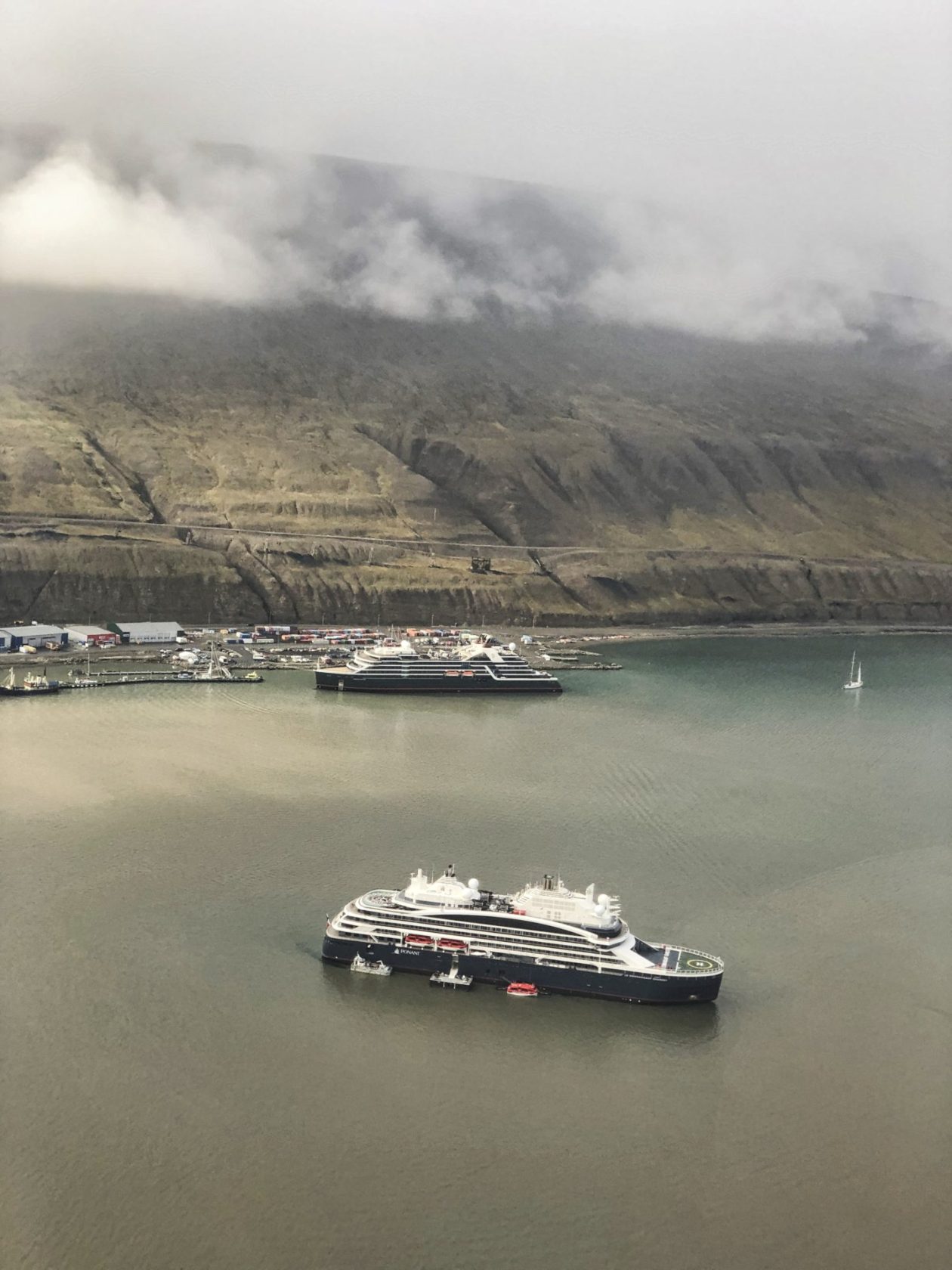
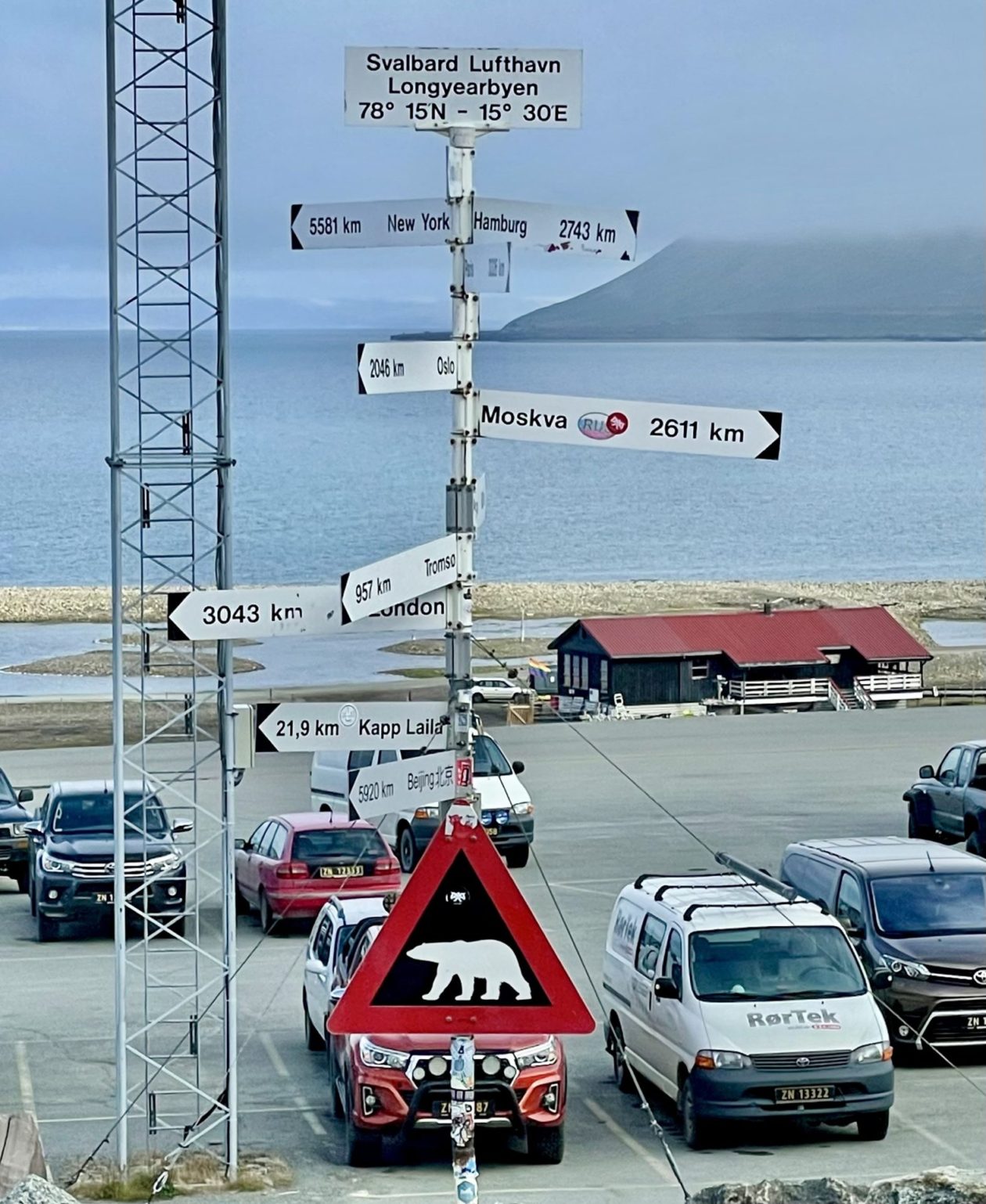
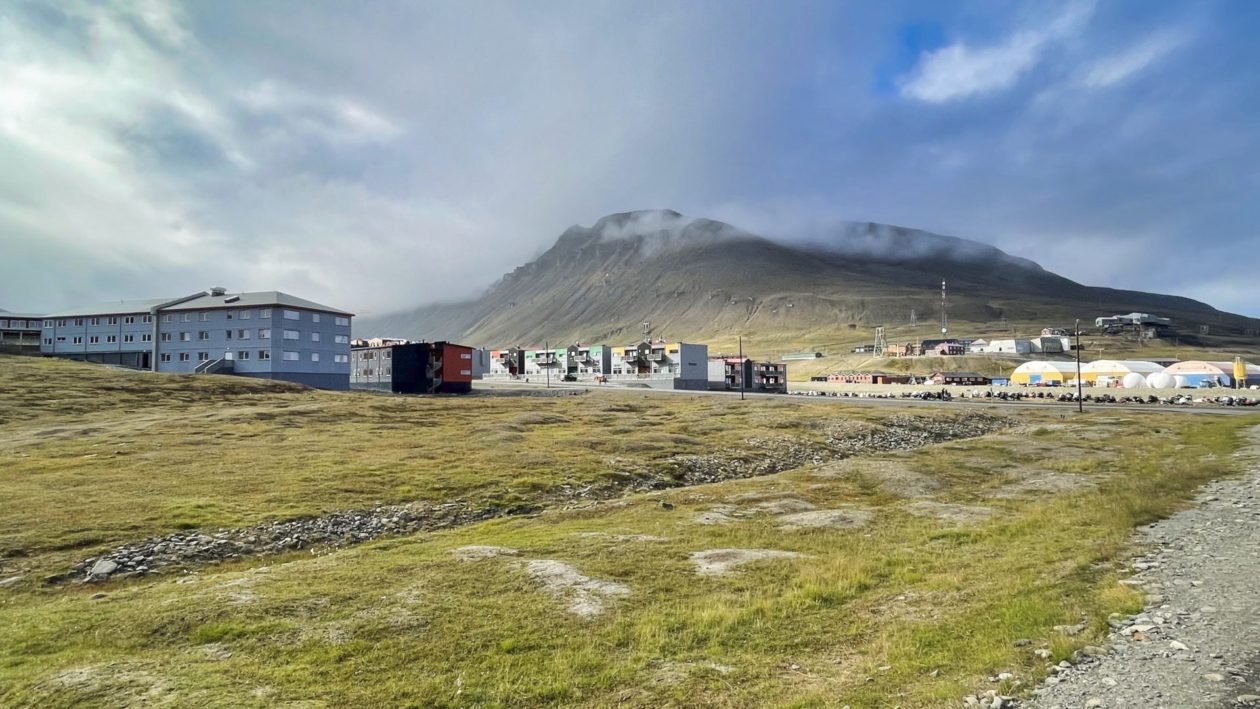
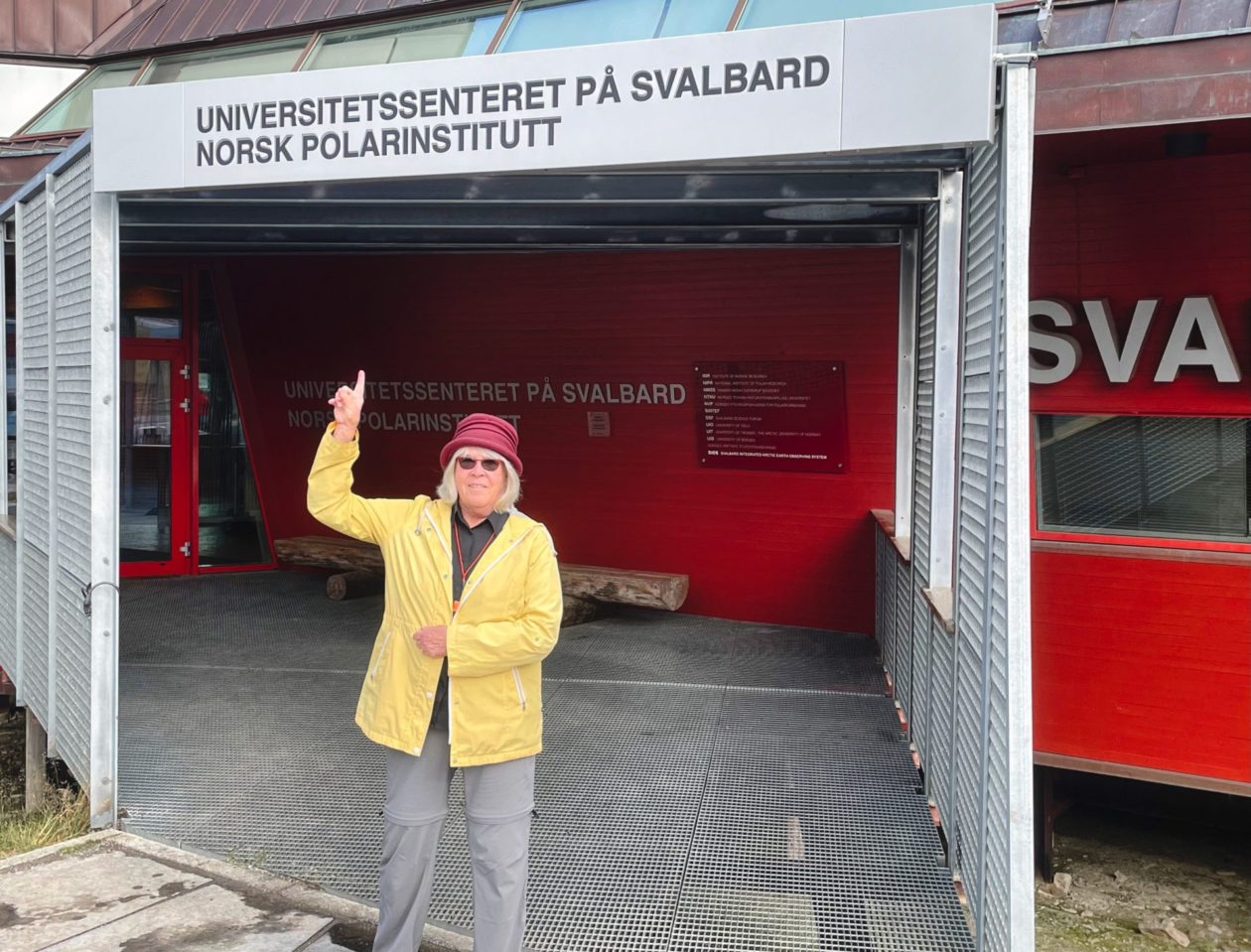
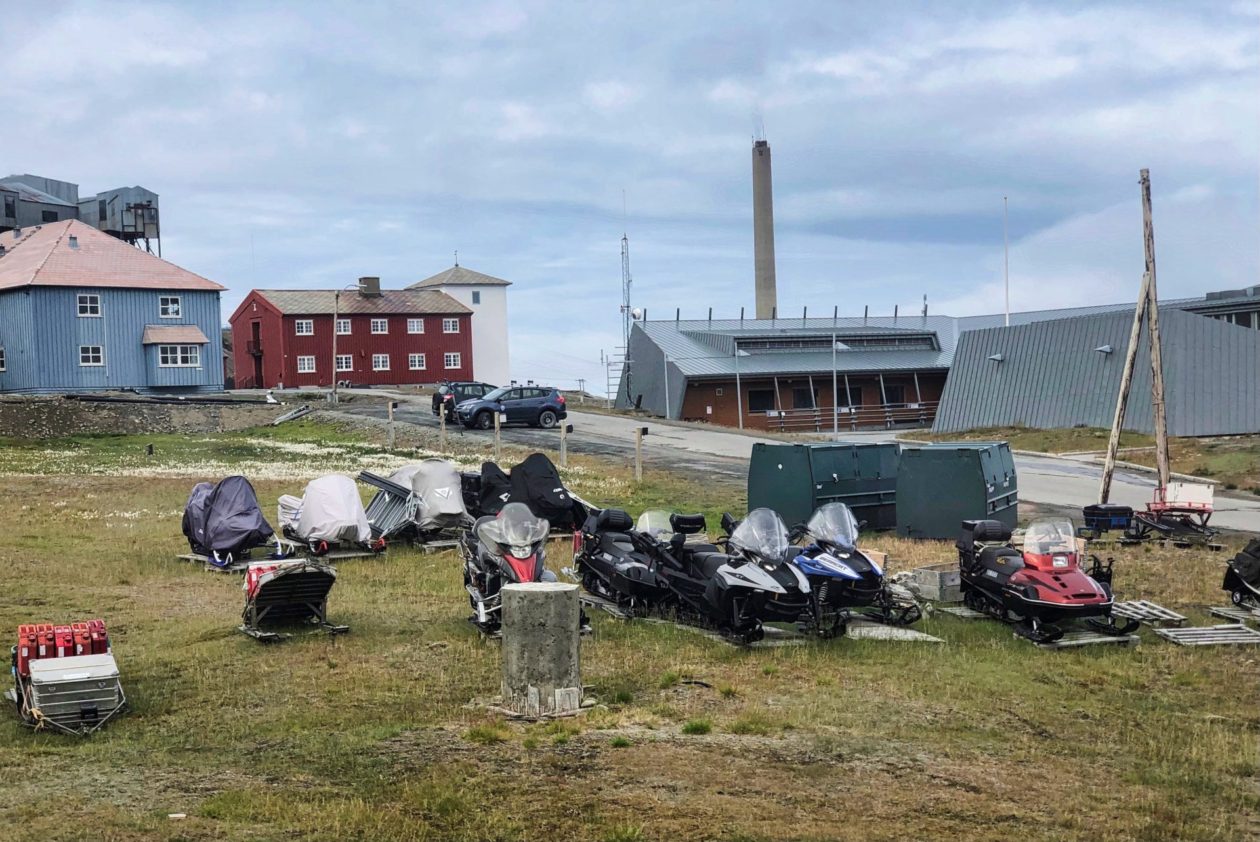
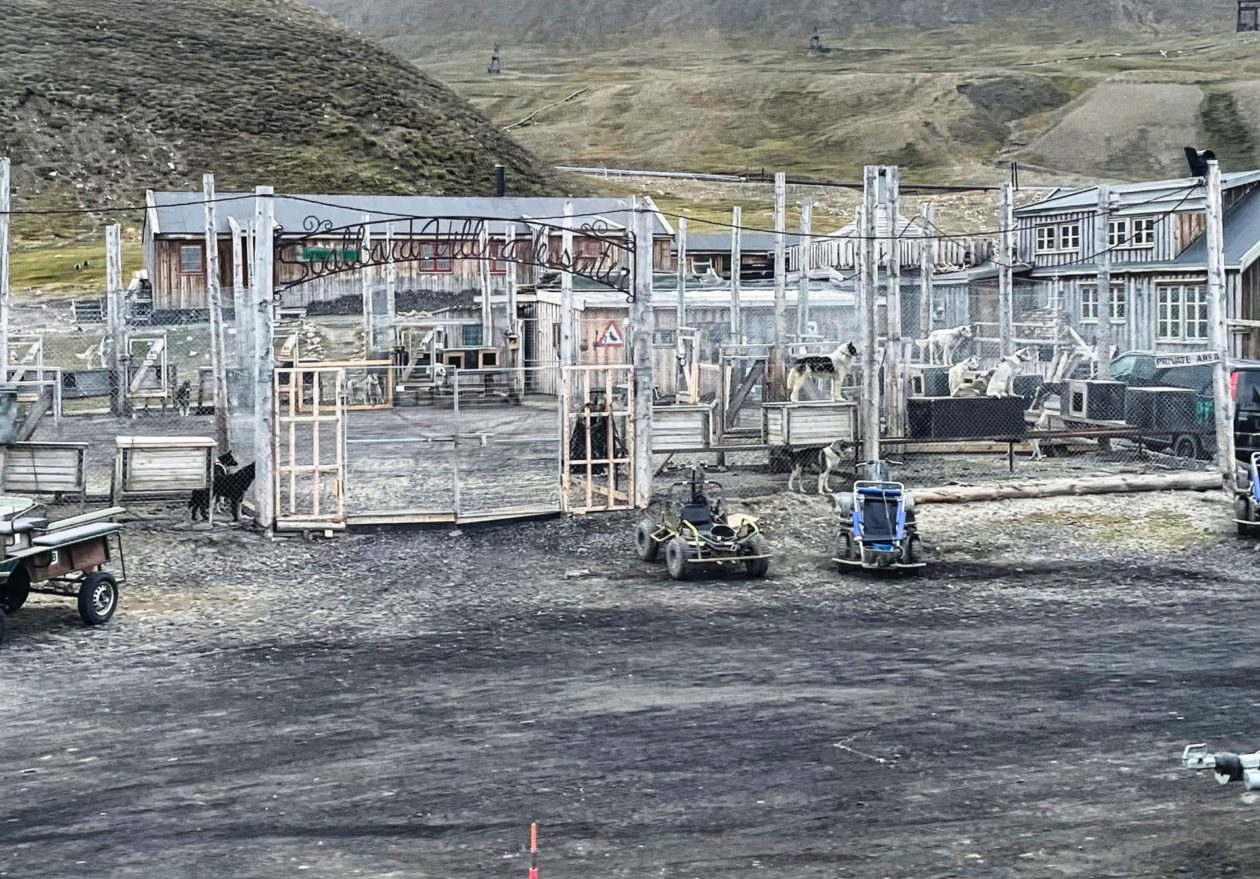
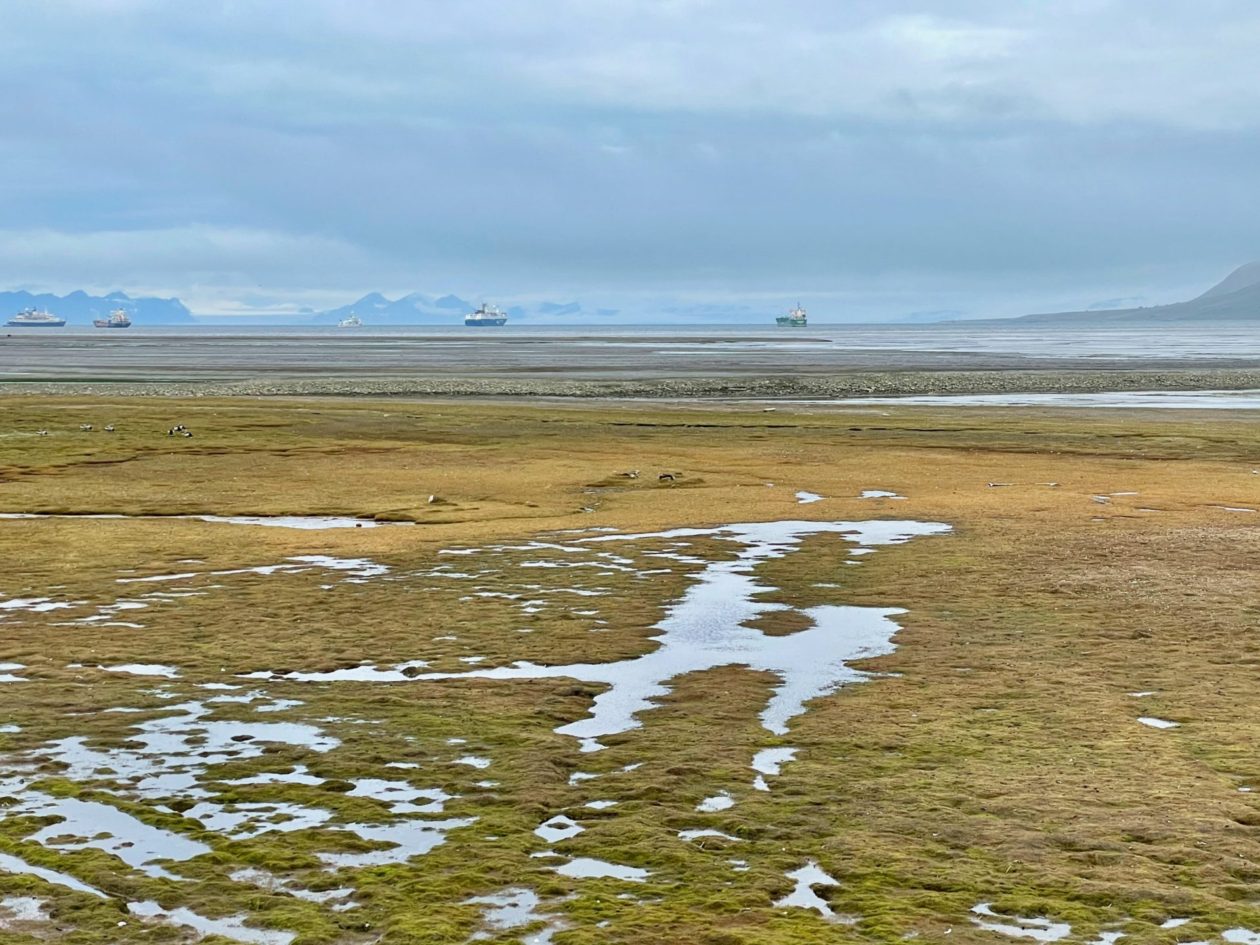
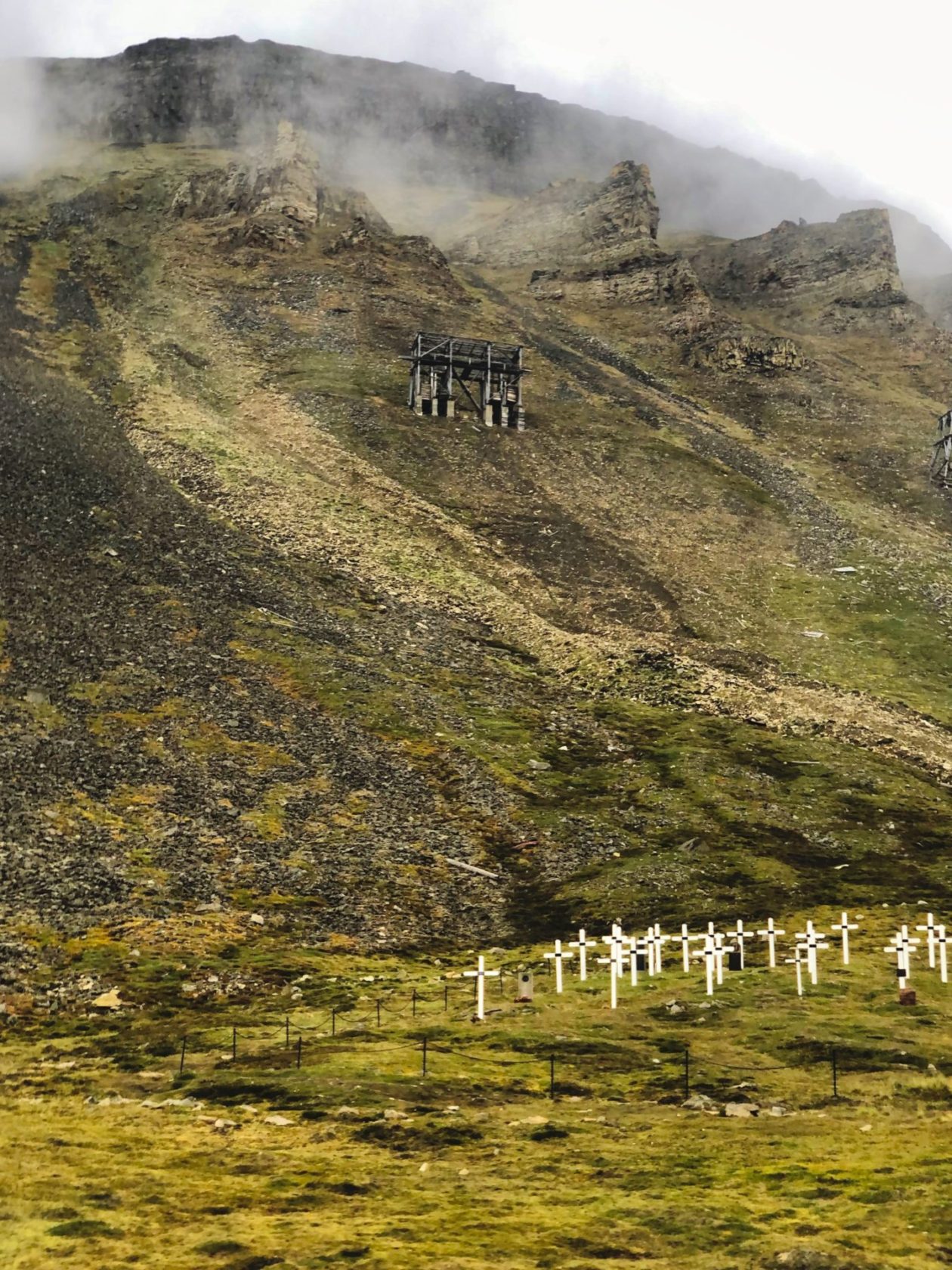
But then that is the story of all of Svalbard — exploration and exploitation of the natural resources in the area. Discovered back in 1596 by Dutch seafarer William Barrentsz (yes, the one the sea is named after) while he was trying to find a Northeast Passage to Asia, his discovery quickly gave way to 400 years of harvesting anything of value. Interestingly, there were no indigenous people in the area, so the exploitation proceeded unfettered for many years. In the 17th and 18th centuries, it was all about the whales until the near-in ones were hunted nearly to extinction. Then came the fur trade (arctic foxes and polar bears) and broader hunting of walruses and seals. The came mineral exploration and mining. All of these efforts were pursued by multiple countries (e.g. Norway, Great Britain, Germany, Russia, and even the US) with no limits. You see, this was known as “no man’s land.” It was only with the signing of the Svalbard Treaty in 1906 that control of the archipelago was given to Norway with rights given to the other signatories for business activities in the area. Notably, the treaty forbade militarization of the island by any country.
On our 5-day trip around Svalbard, we anticipate seeing a lot of the remains of the habitation and exploitation of the area for the past 400 years. We are also hoping to see a number of the recovering flora and fauna that are now being stressed by climate change, including the melting of the ice cap and glaciers. This should be an amazing and very educational trip!
This entry was posted in Cruising, Norway, Svalbard, Travel